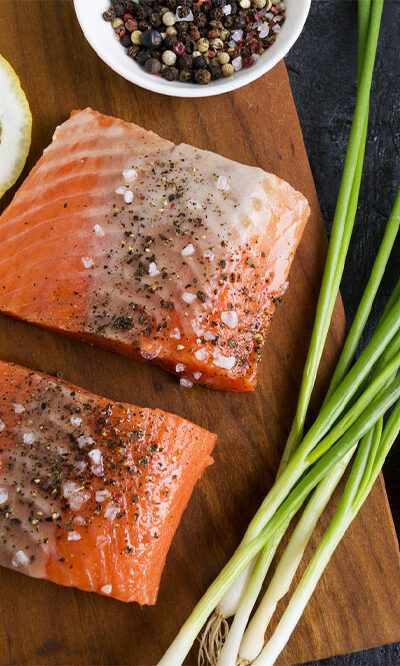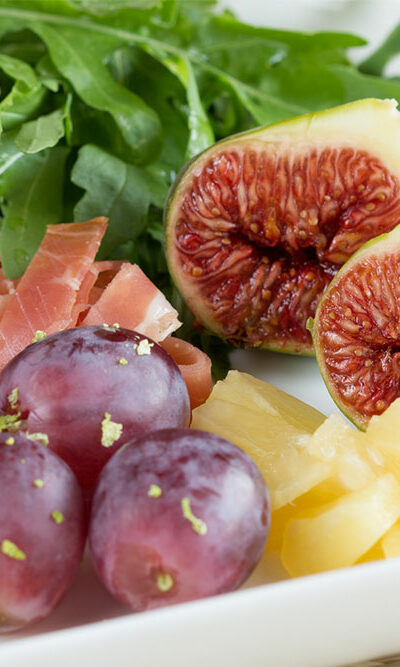
6 foods that can help fight prostate cancer
Prostate cancer occurs when cells grow uncontrollably in the prostate gland. The prostate is a small gland between the base of the penis and rectum. While no specific food can cure prostate cancer, consuming lots of nutritious foods is crucial to improve the condition. Besides, eating healthy helps an individual deal with the side effects of various cancer treatments. Here, we’ve listed six foods that can help fight prostate cancer and improve overall health. Broccoli Broccoli is one of the healthiest vegetables. Not only is it loaded with a variety of beneficial nutrients, but it also contains certain phytochemicals that may target and destroy cancer cells in the prostate. The vegetable contains compounds that can reduce an individual’s risk of developing prostate cancer. Tomatoes When it comes to foods to help fight prostate cancer, tomatoes are one of the best choices. That’s because they contain a powerful plant compound called lycopene; it’s an antioxidant that may reduce cell damage and slow down the production of cancer cells. Those who don’t eat tomatoes can source lycopene from fruits like watermelon, guava, and papaya. Fatty fish Fatty fish are full of omega-3 fatty acids. These healthy fats have proven to reduce inflammation, and some studies also show that they can inhibit the growth of cancerous tumors. It’s best to choose fatty fish found in cold water, such as salmon, herring, mackerel, sardine, and trout. People with prostate cancer must try to consume fish at least two to three times per week. Green tea Green tea is chock-full of antioxidants. It contains certain chemicals that can prevent prostate cancer and also reduce the risk of advanced-stage prostate cancer. So, it’s an excellent drink for people who’ve been diagnosed with early-stage cancer. Aim to drink at least one cup of green tea per day.










